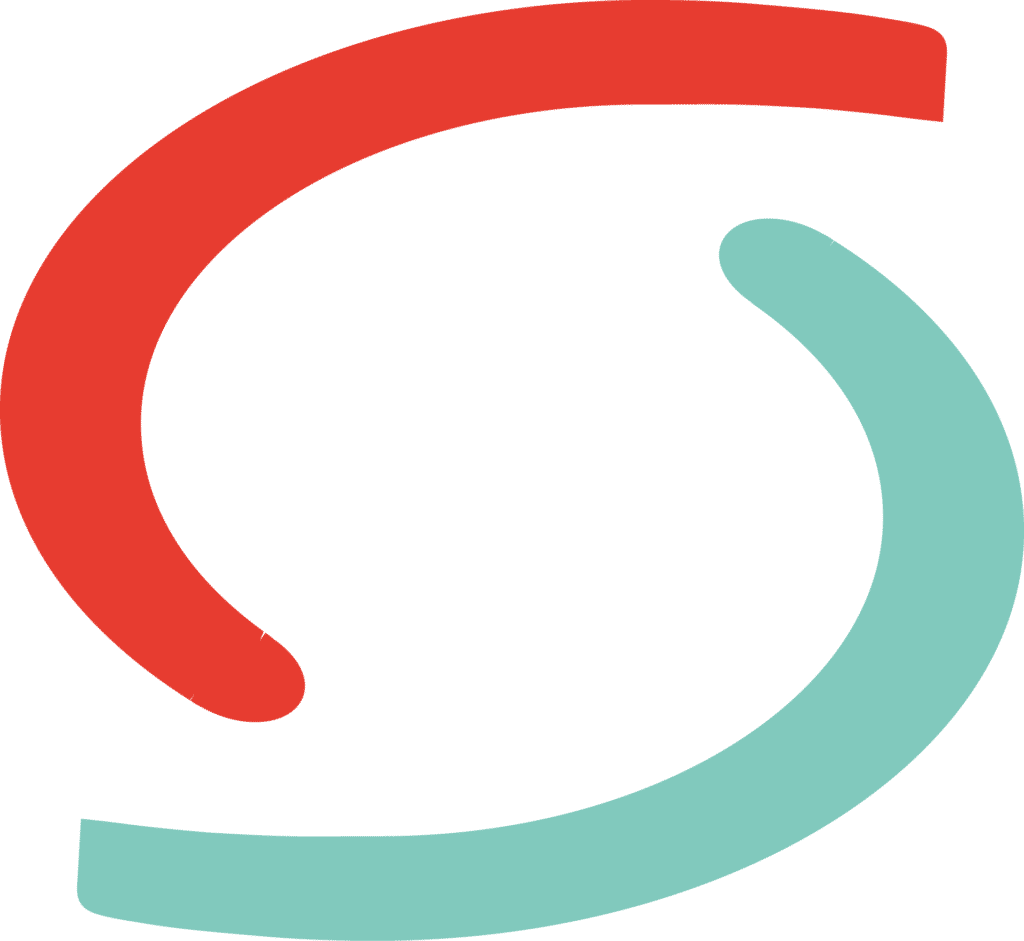
Picture a three-legged stool. Saw one of the legs in half and the stool falls over. It doesn’t matter which leg is shortened, because as soon as it is, the stool collapses. Now assign each leg a name: Budget, Schedule and Scope. This is the triple constraint and it’s the stool every project stands on. The seat of the stool is quality.
If one leg is too short or too long, the stool is unsteady and possibly unusable. If a leg if missing, you’ll land on the floor in a heap when you try to sit on it. Quality will suffer. It’s up to the project manager to manage client priorities, to make sure those sometimes conflicting priorities are in balance as the job ramps up, and that they stay in balance throughout the job. How do they do that?
Pick two, any two
When a new project is being organized the project manager, along with the customer, has to articulate priorities: the desired outcome (scope and quality), when it is to be delivered (schedule), and how much there is to be spent on the project (budget).
The old saying is you can have it good or fast or cheap, but you can’t have it good and fast and cheap. You have to pick two.
“The next time you’re faced with a difficult decision, consider which aspects of a project are fixed and which are variable. Pick one corner of the triple constraint as your anchor, and pick one to sacrifice,” says Brent Summers on dtelephathy.com.
Defining parameters: Schedule
To figure out how long your project will take, you will need to define:
- Activities, including attributes of the activities and milestones
- Activity sequence – what happens first, then second, etc.
- Resources, including what and who is on hand and what/who needs to be obtained
- Schedule baseline, with activities required, milestones, and target date(s)
- Duration with scope, activities, resources, calendars and change requests figured in
Defining parameters: Cost
There are lots of vaiables when it comes to developing a project budget, including the cost of labor, cost contingency (expecting the unexpected), scope creep and changes, and indirect costs, such as the cost of administrative staff, rent, and pizza. All of these go into the cost of the finished project.
There are several ways to develop your budget, including:
- Base your estimate on a previous, similar project
- Determine the costs of each of the elements mentioned above; be sure to include all the variables to arrive at a realistic number. Add in a contingency, a “fudge” factor
- Request bids from vendors
Defining parameters: Scope
Figure out just what the final goal is and how it is influenced by budget and schedule constraints, plus quality. Think of your three-legged stool. Separate the “nice to haves” from the “must-haves.” Also decide what is good enough and what is perfect. Is perfection necessary? Rarely.
The perfect can be the enemy of the good
Sometimes perfection is an illusion as requirements and expectations change – just look at the operating system of your laptop. Your current computer can perform tasks faster, better and cheaper than the original developers ever dreamed. And still we demand more.
Although “good enough” is sometimes viewed with contempt, good enough, in fact, can still be top quality. Deliver a product that is valuable to your clients, then work on improving it.

